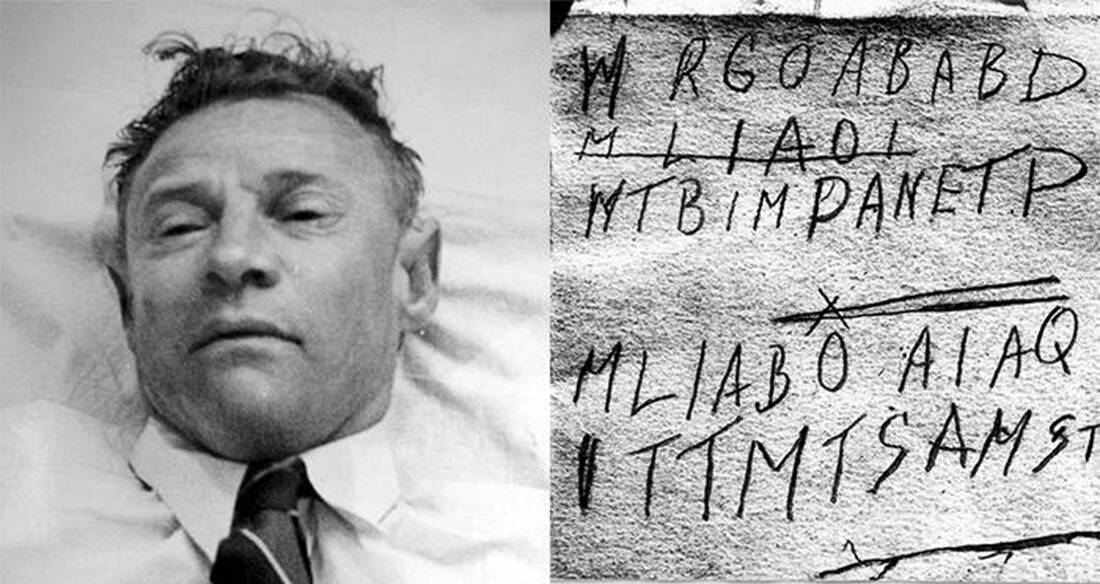A crucial element of one of Australia's most enduring true crime mysteries may have been solved.
Subscribe now for unlimited access.
or signup to continue reading
The Somerton Man has been identified.
University of Adelaide Professor Derek Abbott made the discovery using forensic genealogy through genealogy websites, like ancestory.com, the ABC reports.
Professor Abbott worked with researchers in the US to identify the Somerton Man as Carl "Charles" Webb, a 43-year-old engineer and instrument maker.
He said he was able to find a distant cousin on Mr Webb's father's side and then build out his family tree.
"We've been trying to extract DNA all these years. It's a very tough problem getting it out of old hair," Professor Abbott told radio 5AA, reports AAP.
"But the technology has improved dramatically over the years."

By February this year, Professor Abbott's team had achieved enough refinement to use that DNA to find a nearest cousin to the Somerton man.
"Our tree has 4000 people on it altogether as we built it out and there are only two people on this tree with no date of death," he said.
"What we were able to do is trace Carl Webb's maternal side down and find somebody alive today who has done one of these genealogical DNA tests and we found a match.
"We've now got subsequent other matches. We're very confident, with 99.9 per cent confidence this is the man."
The leading theory of many internet sleuths was that the man, whose body was found slumped on Somerton Beach, Adelaide on December 1, 1948, was a Russian spy.
IN OTHER NEWS:
This was largely due a cryptic code found inside a poetry book by Omar Khayyam called The Rubaiyat, and a silver comb found in his pocket that wasn't manufactured in Australia.
The words 'Tamam Shud', Persian words - loosely translating to 'it is finished', were also found on a torn scrap of paper in his trouser pocket.
Other theories speculated that his death was the result of a jilted lover or poisoning, through to a heart attack.
Just last year Somerton Man's body was exhumed by SA Police in an effort to solve the case.
Detective Superintendent Des Bray said at the time that exhuming the man's body was another course of action in the ongoing active investigations.
"Following recovery of the remains Forensic Science SA will attempt to recover a DNA profile from the man," Detective Superintendent Bray said.
"If a DNA profile can be obtained, and subject the amount and quality of the DNA a forensic case meeting will be held to formulate the most appropriate DNA strategy which will then require considerable investigation work to have any chance of identifying the man or where he originated from."
Attorney-General Vickie Chapman said she believed the Forensic Science SA team was well equipped to handle the challenging task.
"For more than 70 years people have speculated who this man was and how he died," Attorney-General Chapman said.
"It's a story that has captured the imagination of people across the state, and, indeed, across the world, but I believe that, finally, we may uncover some answers, thanks to the combined expertise of SA Police and FSSA."
ACM has reached out to Professor Derek Abbott for comment.
-with Australian Associated Press

